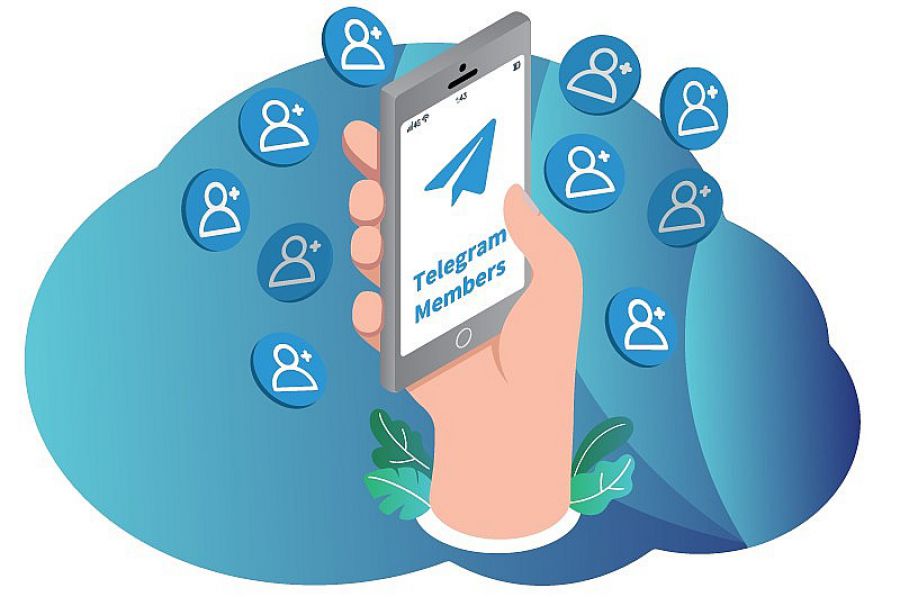How to Boost Your Social Media Conversion Rate

Conversion in social media is the ratio of visits to your page to the target action, i.e. application, like, purchase, and so forth. The conversion rate is necessary in order to evaluate the effectiveness of social media and business performance at each stage of the sales funnel.
If 1,000 users saw an ad and only 2 made a purchase, then the conversion rate for a sale is only 0.2%. However, target actions can be different: purchase, click, leads, subscription, like, etc.
The conversion can be calculated by the following formula: the number of users with the target action, divided by all users and multiplied by 100%.
For convenience, you can also use any online conversion calculator.
According to Econsultancy, Eyeview Digital, Marketing Experiences:
- Approximately 22% of companies are satisfied with their conversion
- Out of $92 spent on attracting new customers, only $1 is spent on conversion
- Videos can increase conversions by 86%
- Using only the right targeting and testing, you can increase the conversion up to 300%
How to boost the conversion rate?
Opinion leaders
The best example of today's influencers are bloggers. Bloggers already have an own audience that trusts their idol, so if they advertise your page, the conversion rates in your funnel will go up.
According to a study by TapInfluence, promotion through influencers pays off 11 times more classic digital marketing methods. 95% of users trust recommendations from other users on social media.
A clear advantage of opinion leaders is accessibility. First, you can save on advertising through bartering. Offer your product or service to a blogger for free for a recommendation. Bloggers are the same persons, and they like to get something for free for their popularity. This is the most mutually beneficial option. Second, you don't have to look for a person with a multi-million audience. You can start with small bloggers, but with the right target audience and subject. The result will be more effective than a large influencer with many followers.
Use video
We wrote that according to studies and reports, videos can increase conversions by up to 86%. It's a scientific fact the human brain processes video content and images 60,000 times faster text. Especially in today's world of short videos and the TikTok boom.
Use conciseness in your videos. You should not shoot extremely long videos. People quickly lose interest and get distracted. Try to create interesting and captivating short videos for your content.
We also recommend using video reviews. People trust someone else's personal experience much more than a description in a brand profile. Just don't overdo it with positive reviews. The ideal is to use positive video reviews against the backdrop of textual negative, but biased reviews.
Post user-generated content
User-generated content (UGC) is content that is created and distributed by brand customers without compensation and voluntarily. UGC includes comments, video reviews, photos, and so forth. Placing regular photos on a product page can boost conversions by up to 24.3%. Such content shows what your product looks like in the real world and increases brand trust, which means increases conversion.
Create interesting content suits your target audience
First, we are talking about conversion in social media, so it's necessary to work on the content. Ask yourself questions: who is my audience? What do they do in life? Why do they want my product? What social media habits does my audience have?
If you find it difficult to answer these questions, then conduct surveys; try specialized analytics services; use internal social media analytics; go to the pages of your followers and check their interests and subscriptions; pay special attention to those who leave reviews; compare audience engagement with posts on different topics and in different formats.
When you tailor content to your target audience, you will see results in both metrics and conversions.
Choose the right social media
Content, target audience, approach to customers - all this also depends on the social media in which you work. You should choose the social media suits your topic and niche.
Facebook is suitable for entertaining and informative content with images and small text. Twitter is good for news. LinkedIn professional job content. YouTube for high quality informational and entertaining videos. TikTok is similar to YouTube, but in a quick and short form, as well as finding a new audience. And so on...
Unique selling proposition
A unique selling proposition (USP) is the value of a product sets you apart from your competitors. It answers the question of why a customer should buy a product from you. It can be something specific: for example, a gift in a set, a collectible souvenir, free courses, additional discounts, and so forth You can also try using USP in the slogan: "Chocolate that does not melt in your hands (M&Ms)", "The world's first store...", "The biggest pizza in town", "Free delivery".
Try Popsters Trial plan to get content activity statistics of any pages for a next 7 days for free










